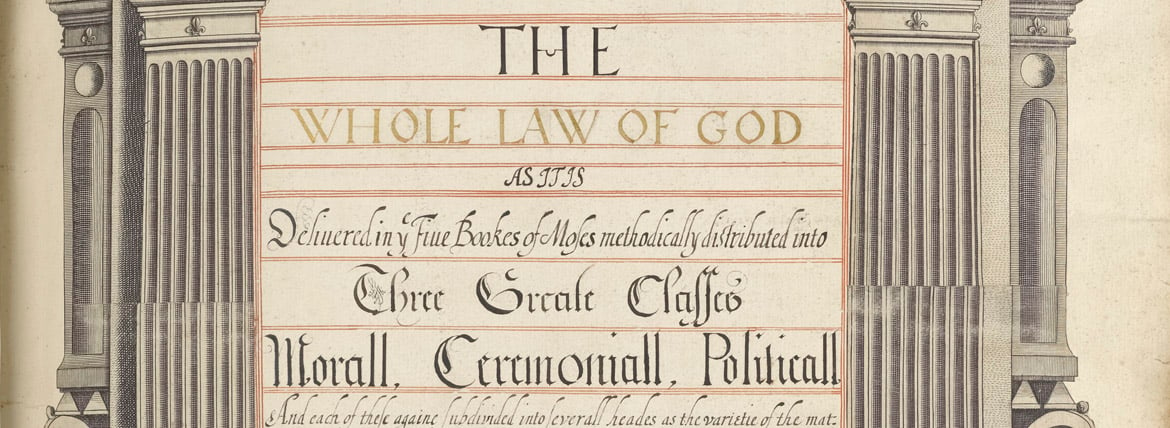
The Little Gidding Concordance
The story behind one of the treasures of the Royal Library
The purpose of the Royal Library's Concordance
The Royal Library's concordance was created in response to one of the burning theological questions of the period: the relation of the Old and the New Testaments, and the extent to which the New negated the Old. Some puritan religious groups understood the sacrifice of Christ to have negated all the Old Testament laws, while others tried to assimilate the two books. In Anglicanism, it was understood that the moral law (the Ten Commandments) should be followed, but not other ceremonial or judicial laws. However, in practice, this divide was not so clear cut. In some cases, all factions agreed, for example in the decision that Christians did not need to make sacrifices to God. But in others, such as the use of special clothes for priests and the use of the altar, disagreements between groups caused much conflict.
The Royal Library concordance is an interesting and unique attempt to create a complete reference work for the scholar of the subject. It provides typological explanations of Old Testament figures, justifying them as fore-runners of Christ. And it provides an indexed and categorised list of every rule, law and ceremony from the first five books of the Bible. While other authors of the period, for example John Weemes (c.1579–1636), were writing treatises on the place of Old Testament law, the Royal Library concordances are unique in their time for attempting to provide a fully searchable reference work for the subject.
The Little Gidding concordances were an interesting response to a modern need. Whereas in the past people had relied on Church services to hear the Scripture read by priests, after the Reformation it became increasingly popular for individuals to read the Bible themselves, in private or as a family. As people took Bible reading and interpretation into their own hands, they created a need for books to help them with their study. At Little Gidding, the laborious practice of creating concordances was an act of piety, as the completed books assisted Bible readers in the understanding, memorising and interpretation of Scripture. The concordances are remarkable historical evidence for the ways in which people of the time were reading the Scripture, and their desires and preoccupations in doing so.




